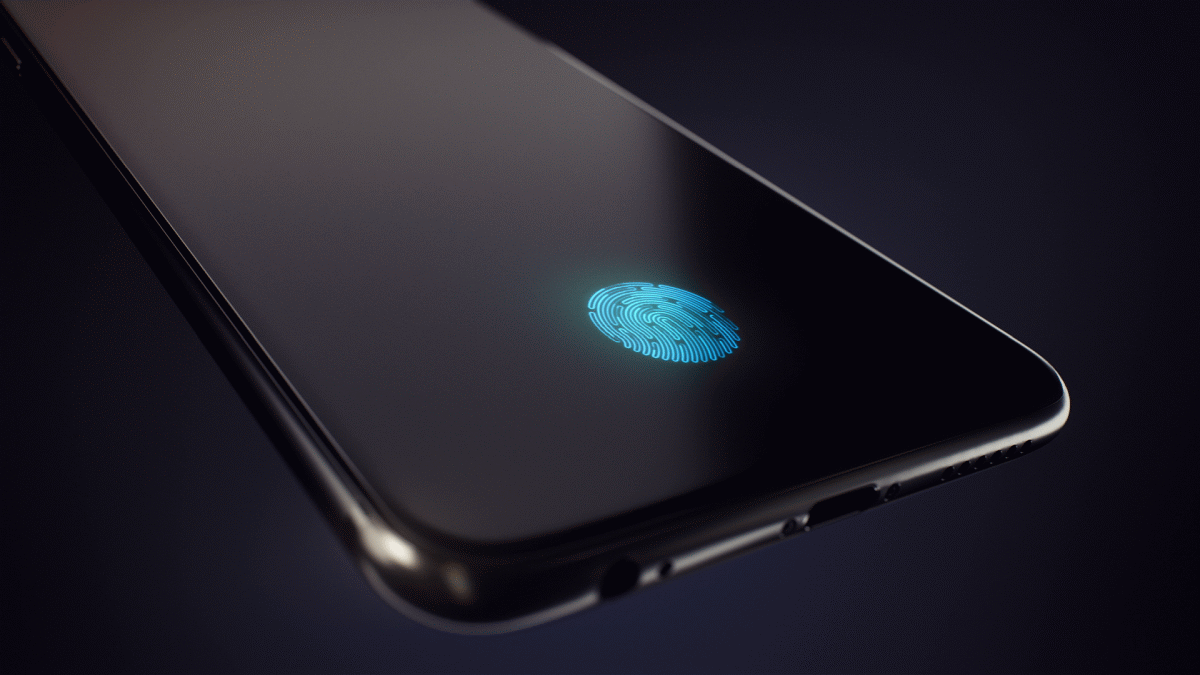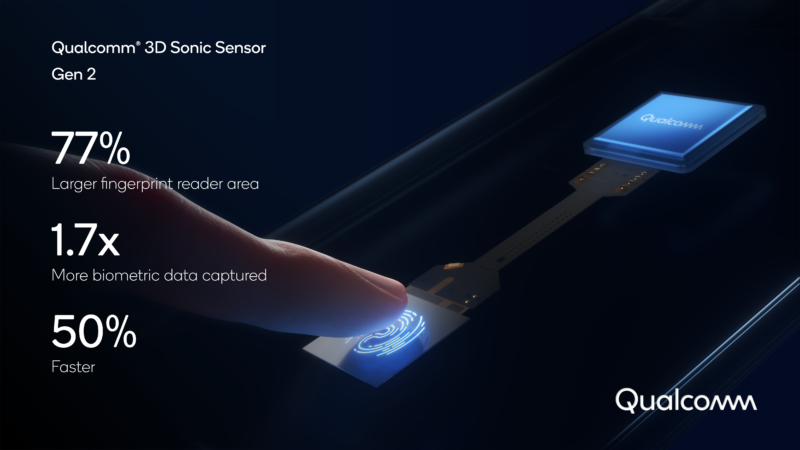Why it matters: In-display optical and ultrasonic fingerprint readers have been on the market for a couple of years now, though their accuracy and reliability is still questionable when compared to traditional capacitive sensors. Qualcomm is addressing this concern with its 3D Sonic Sensor Gen 2, which it says is 77% larger and 50% faster than its predecessor and even works with wet fingers.

Among the usual upgrades that accompany smartphones each year, buyers of upcoming smartphones like the Galaxy S21 can expect a faster, more accurate biometric experience enabled by Qualcomm's latest fingerprint sensor.
The company has said that the tech will make its way to mobile devices in early 2021, so there's a good chance of it debuting on Samsung's upcoming flagship, especially since Qualcomm's Gen 1 sensor appeared on both, the Galaxy S10 and Galaxy S20.

The Gen 2 sensor has a surface area of 8x8mm (64 sq mm) which is considerably larger than its predecessor that came in at 4x9mm(36 sq mm). The increased surface area allows for capturing 1.7x more biometric data, according to Qualcomm, which should translate into more reliable finger registration and faster unlocks, thanks to a 50% increase in performance.
While it remains to be seen if this new sensor can match the speed of conventional capacitive sensors, Qualcomm says that this version also works with wet fingers and can identify prints through solid surfaces like glass and metal even while its wet, which suggests that using a screen protector on top shouldn't be an issue.
It'll also be made available on devices this year, something that can't be said for the company's relatively ginormous 600 sq mm 3D Sonic Max sensor announced back in December 2019.
https://www.techspot.com/news/88249-qualcomm-using-larger-faster-sensor-3d-sonic-gen.html